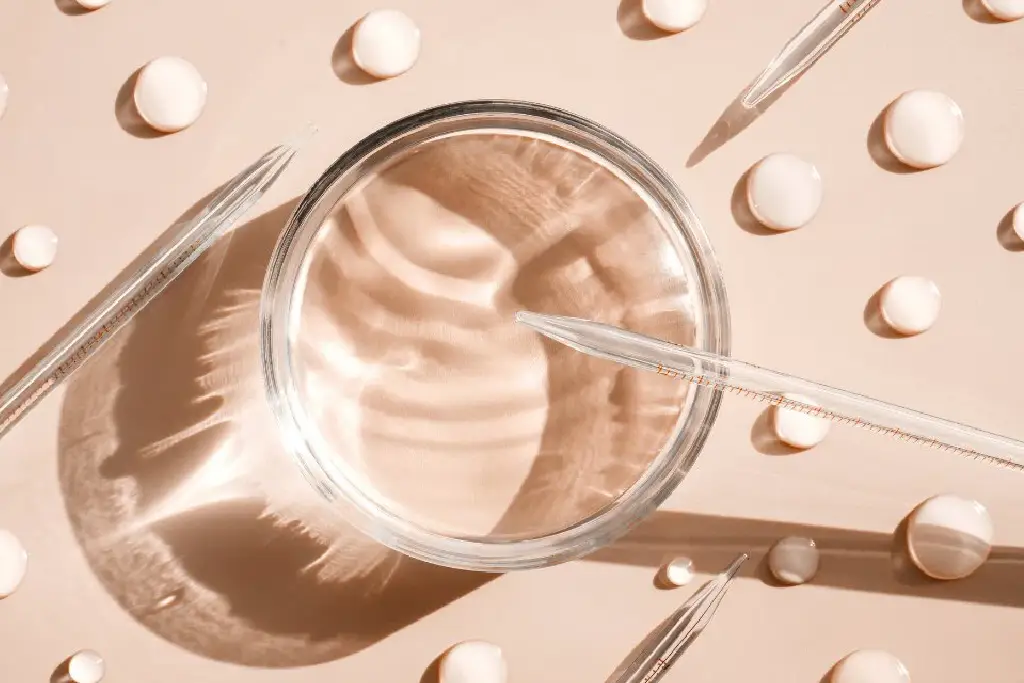The Protein Connection: How Dietary Protein Impacts Collagen Production
Your skin’s firmness and elasticity largely depend on collagen, a protein that makes up about 75% of your skin’s dry weight. But did you know that what you eat plays a crucial role in how much collagen your body produces? Let’s explore the vital connection between dietary protein and your skin’s collagen production. Collagen is essentially built from amino acids, the building blocks of protein. When you consume protein-rich foods, your body breaks them down into these amino acids, which are then reassembled to form collagen. Three specific amino acids—glycine, proline, and hydroxyproline—are particularly important for collagen synthesis. Without adequate protein intake, your body simply lacks the raw materials needed to maintain healthy collagen levels. This can lead to premature skin aging, including fine lines, wrinkles, and reduced elasticity. The best dietary sources of these collagen-boosting amino acids include: Lean meats like chicken and turkey Fish and seafood Eggs Dairy products Legumes and beans Nuts and seeds Beyond just consuming enough protein, certain nutrients act as collagen production co-factors. Vitamin C, for example, is essential for collagen synthesis and can be found in citrus fruits, bell peppers, and broccoli. Zinc, found in oysters, beef, and pumpkin seeds, also plays a key role in the collagen production process. Additionally, antioxidant-rich foods help protect existing collagen from damage. Berries, leafy greens, and green tea are excellent choices to include in your diet. For optimal skin health, aim to consume about 0.8 grams of protein per kilogram of body weight daily. Someone weighing 70kg would need approximately 56 grams of protein—equivalent to about 8 ounces of chicken breast. Remember that collagen production naturally declines with age, making dietary support even more important as you grow older. By ensuring adequate protein intake and supporting nutrients in your diet, you can help your skin maintain its youthful resilience and appearance form in and out. Share the Post: Related Posts

